Knowing when to start planting your spring and summer garden can be tricky. With changing climates and growing zones, some of the old adages and advice we used to use don’t always hold true.
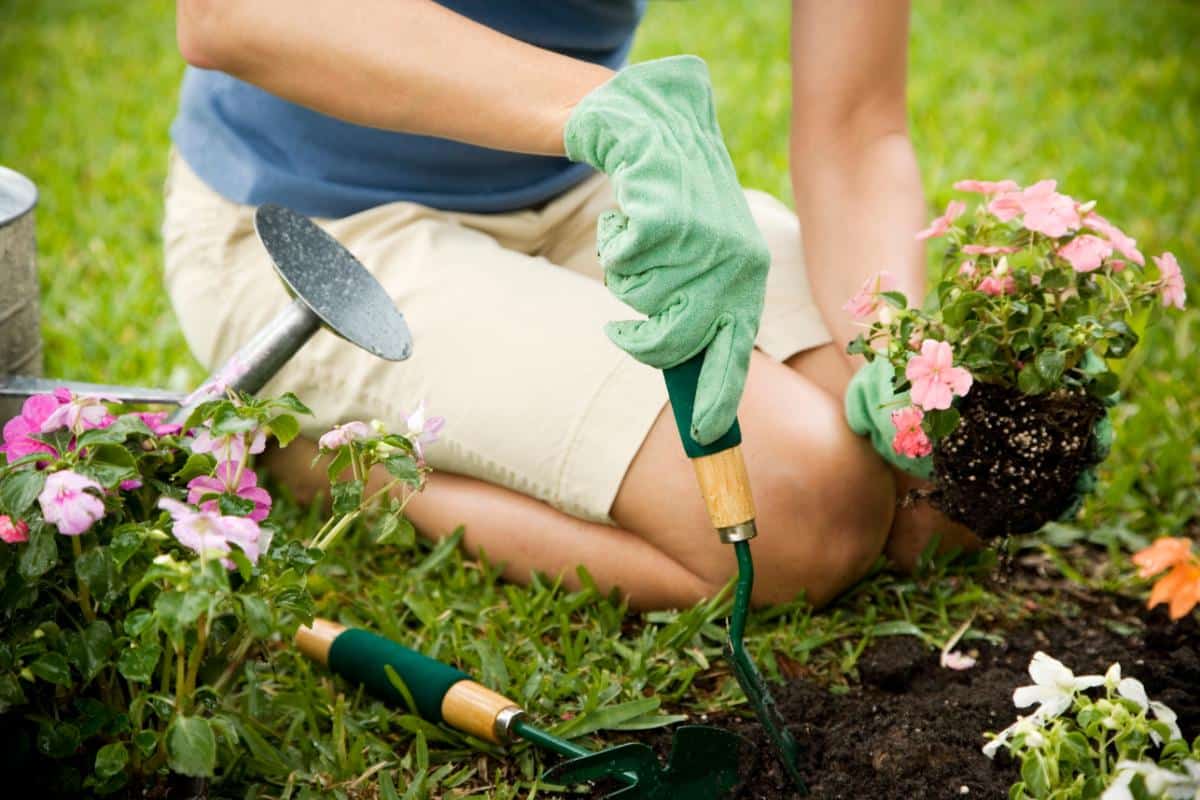
Some of us are in growing locations that have warmed enough to be in entirely different growing zones. And while this is mostly a measure for keeping perennials, the fact that an area might be slightly warmer or have an earlier, later, or longer growing season can mean that timetables have moved a bit.
It is difficult to know with confidence. And there is always some risk when it comes to planting, because Mother Nature really can throw us some curve balls sometimes!
When you’re not sure if you can plant according to the old norms, or if you’re new to gardening or gardening in a new location, it helps to know what signs and signals can be used to tell you when to plant. Using two or more of these in combination can make your planting schedule even more reliable.
Here are some proven measures that help to determine when it is (mostly*) safe to plant tender annuals, vegetables, herbs, and flowers. (*We say “mostly” because there is never a zero percent chance that late-season phenomena will not occur.)
Jump to:
Workable Soil
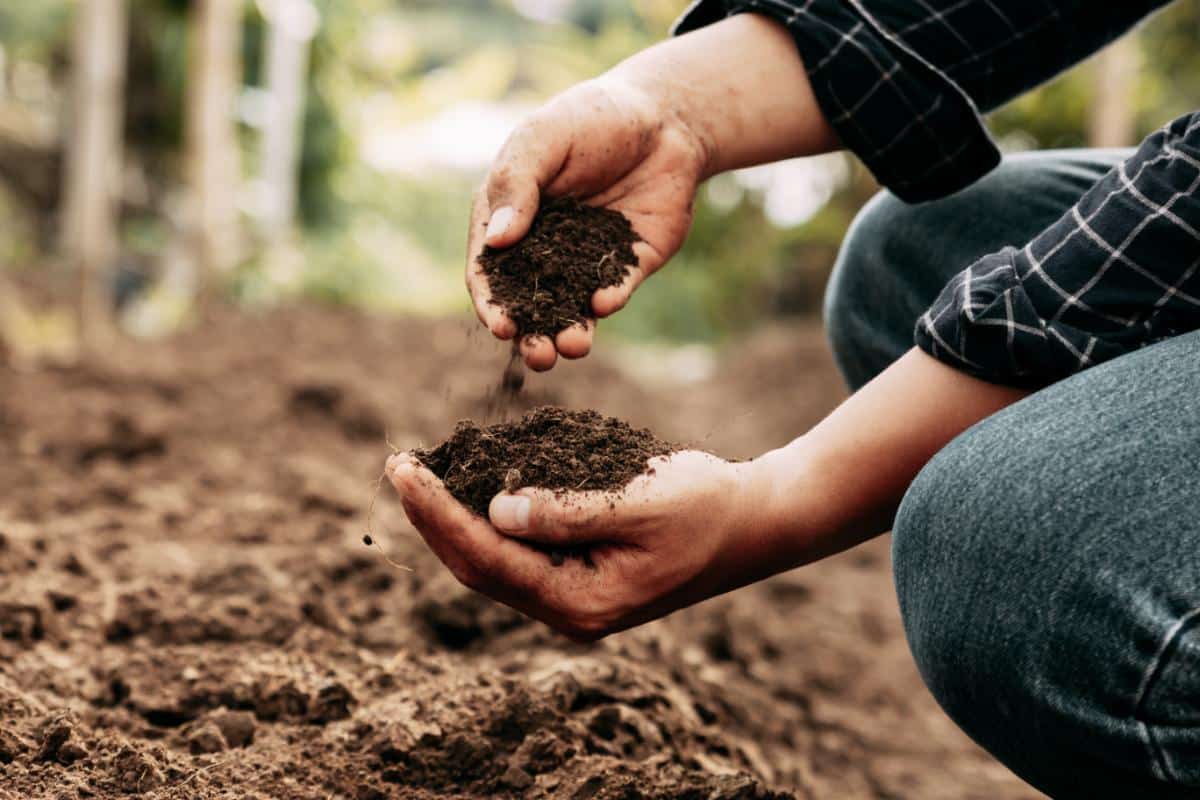
Workable soil is one of the first signs that you can start early spring planting. Even if the temperatures are warm, you should not start planting until the soil is drained from the winter and is in workable condition.
It’s not wise to plant in soil that isn’t ready yet because it risks the plant being too cold and wet; it can cause root rot and other issues related to cold, wet soil. It also ruins the tilth (the structure and aeration) of your garden’s soil.
Soil that is still too wet gets compacted when it is worked or walked on and from garden equipment, you might be using (especially anything with wheels and motors). Soil compaction can take years to recover from.
You end up with a compacted, solid, hard, compressed soil that has difficulty maintaining proper moisture and that lacks the air and oxygen roots and plants need.
What’s workable soil?
What does workable mean? In short, it means that the excess moisture from winter thaws and spring rains has drained away. The soil should be moist but not wet and muddy.
If you pick up a fist full of soil and then press it into a ball, when you release your hands, the soil should not stay in a ball.
It should break and crumble apart, holding only some form.
You should be left with a handful of soil made up of large crumbles or small balls – but not a baseball of wet dirt.
What to plant when garden soil is workable
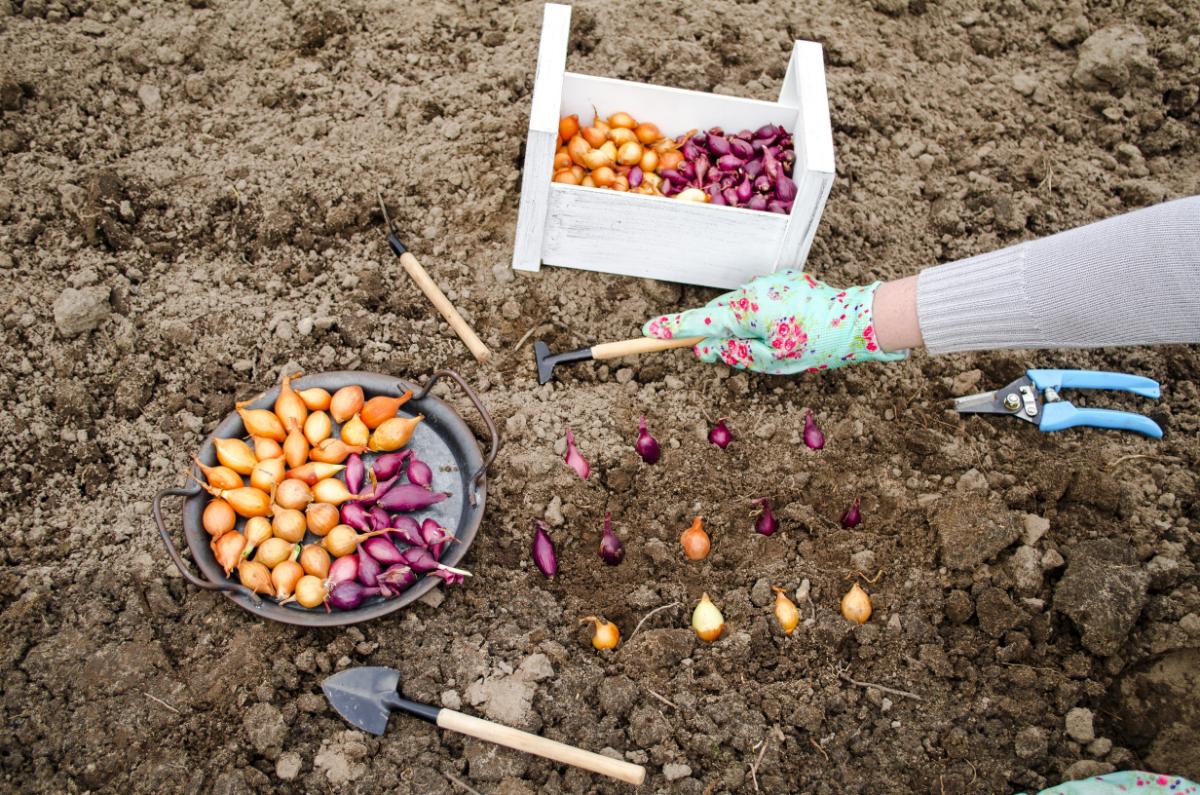
Everything should be planted after the soil is workable. However, the time of year, when the soil first becomes workable, is still usually too cold to plant tender annuals like most vegetables and flowers.
Soil normally becomes workable in the early to mid-spring. This is often a time when there is still a danger of frost, and day and nighttime temperatures may be cool.
During this time of year, you are mostly planting only the earliest and most hardy plants and crops. Some examples of things to plant when the soil is first workable include:
- Perennials
- Trees
- Shrubs
- Berry bushes
- Strawberries
- Rhubarb
- Asparagus
- Onions and allium family plants
- Peas from seed
- Anything that says “plant as soon as soil is workable”
For other seeds and plants, once the soil is workable, look for second signs, like those listed below, to help you decide when it should be safe to start growing them.
Soil Temperature
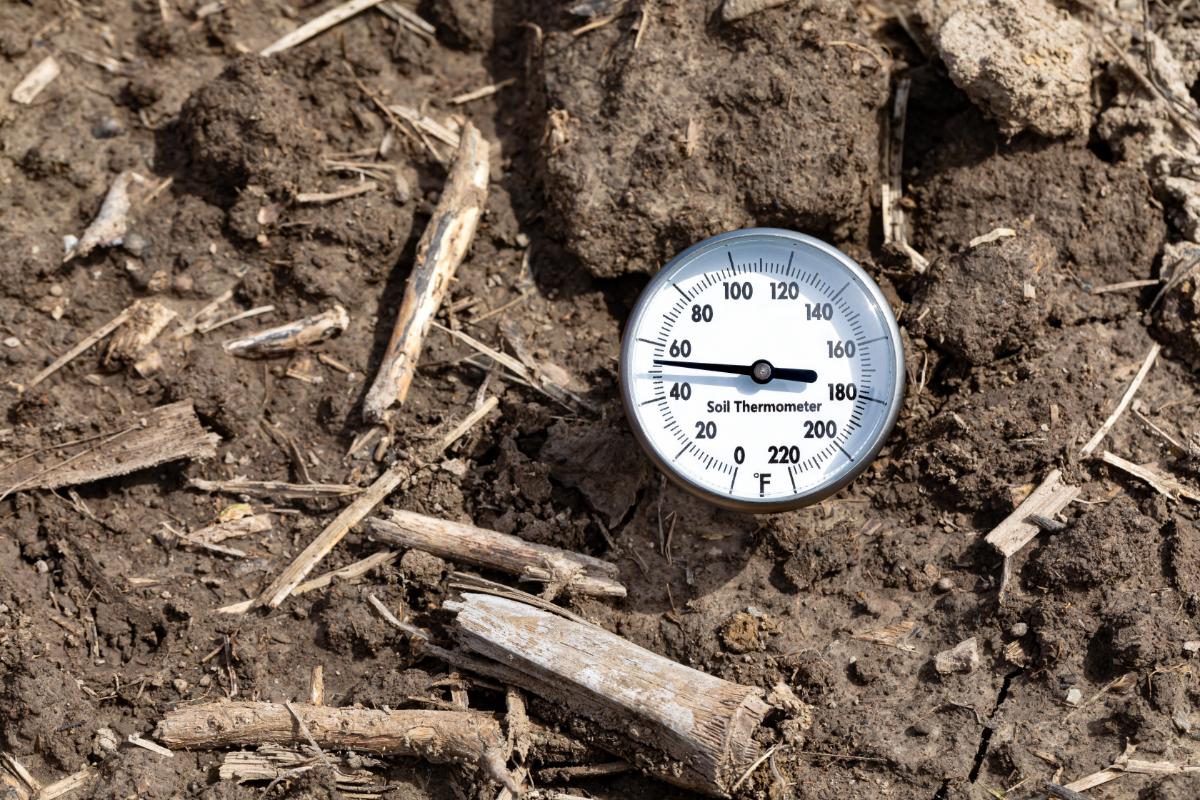
The ground holds temperature differently than the air. We can have a day in which wild swings of temperature happen, but the thermal mass of the ground holds consistently. On the other hand, you can have warm days – sometimes very warm and lovely – before the ground has had a chance to warm up enough for planting.
Warm, sunny days can fool us into thinking it’s safe to plant, but if the ground is still cool (especially if it is wet, unworkable and cool) seed will often rot before it can germinate.
Those that do germinate may be at risk of fungal diseases like damping off disease. In either situation, you’re not gaining any planting time if the seeds and plants can’t thrive. In fact, you might set yourself back and waste a lot of time and money if you have to replant in a few weeks or a month when you figure out germination and growth isn’t going to happen.
How to find soil temperature
It’s simple to tell if the soil is ready for planting:
- First, you’ll need a thermometer. You can buy a soil thermometer online or at your local farm or garden center, or you can use a meat thermometer.
- Put the thermometer in the ground, down to about the depth that you will be planting the seed (or if you want a general read for a variety of plants, go about one to two inches down).
- For transplants, measure at four inches deep.
- Some thermometers have an indent or dot that needs to be covered for an accurate read. It won’t be more than an inch up the probe of the thermometer. For an accurate temperature, make sure that spot is covered.
- Leave the thermometer in the ground for a minute or two, then read.
- Raised bed temperatures may be different than in-ground garden readings. Take at least one reading for each place you want to plant.
What to plant when what according to soil temperature
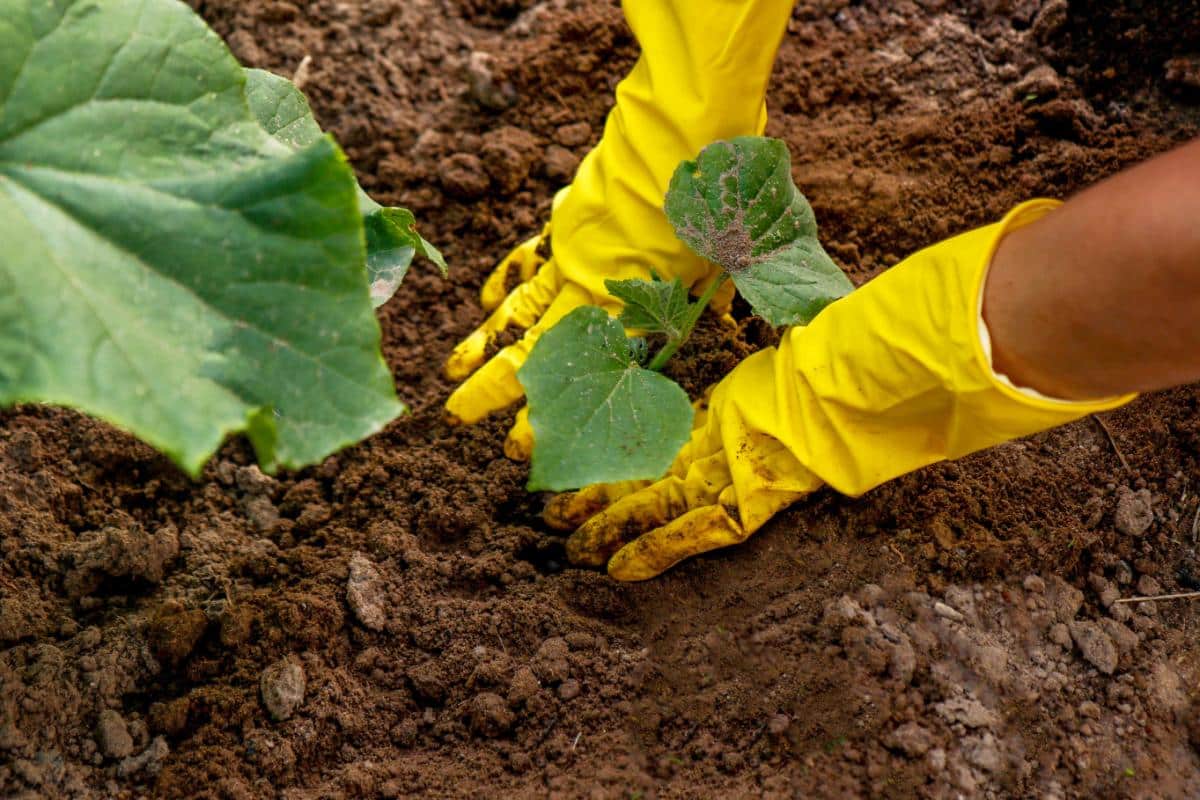
Once you have a soil temperature reading, you can compare it to the recommended planting temperature for the different types of plants you want to plant.
There isn’t one specific temperature that tells you when to plant. There is a range, and it is different for different kinds of plants.
That said, here is a good guideline to follow:
- Cool season crops can go in the ground when soil temperature is above 50 degrees Fahrenheit (10 Celsius)
- Some examples of what to plant at or above 50F/10C include peas, lettuce, chard, brassicas like broccoli, kale, cauliflower, cabbage, spinach, root crops including beets, carrots, turnips, radishes, and allium family plants like onions and leeks.
- Cool season crops may germinate in temperatures in the 40 F (4.44 C) range and sometimes even lower, but the germination time is slower, and you often don’t gain any growing time because it takes so much longer for them to germinate (it may result in reduced germination and seed rot, though)
- Warm-season crops should wait until the temperature has warmed above at least 60 F (15.5 C); a range of 65 to 75 F (18.3 to 23.9 C) is more ideal.
- Warm-season crops include tomatoes, peppers, squash, cucumbers, beans, and herbs like basil.
- Warm-season crops may germinate in soil temps as low as 50 F (10 C), but like cool-season crops, it is a slow germination process that may not gain you much and may reduce germination rates.
Do note that it is possible for soil temperatures to be too high for some types of seeds to germinate, too. For example, spinach doesn’t germinate over 75 F (23.9 C) and lettuce and peas won’t germinate over 85 F (29.44 C).
Day and Nighttime Temperatures
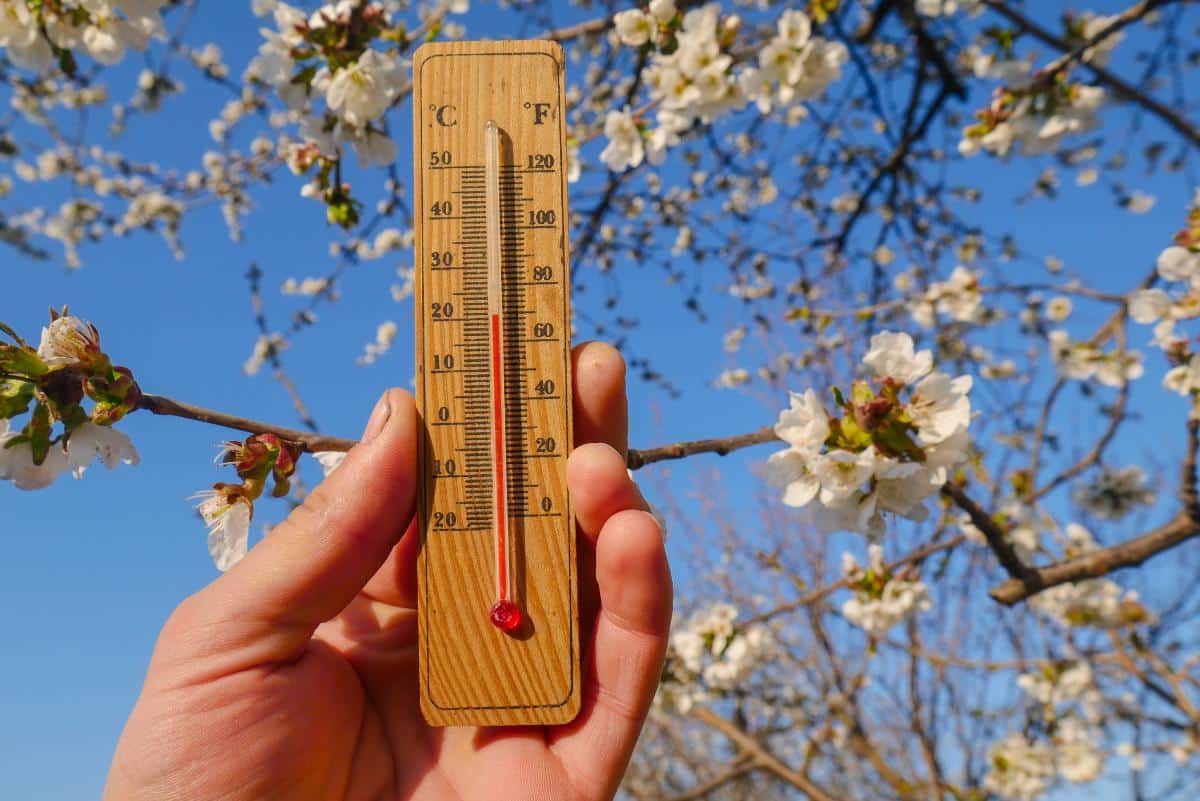
Air temperatures impact planting and growing, too. It doesn’t do you much good to get seeds in the ground if the air temperature is not warm enough to support them once they have sprouted. If it’s too cold, it may even kill them (though this is usually more of an issue for tender annuals and warm-season crops like tomatoes, peppers, squash, etc.).
For planting, we look mostly at average daytime temperatures, but there is some consideration to be given for nighttime temperatures, too. There isn’t much concern here for the cool season crops, but too much cold and low temperatures is an issue for warm season crops. Resist the urge to plant warm season plants too early if your nighttime temperatures are dropping below the 50 F (10 C) range.
Tender vegetables and flowers will certainly not survive temperatures below freezing (32 F, 0 C).
What to plant at different air temperatures
Like with soil temperature, cool and warm season crops react differently to day and night air temperatures.
- For cool-season crops (see the list above), a good average daytime temperature to aim for is 60 F (15.5 C) or above.
- Keep in mind this is an average of over a week or more, so not every day has to be over 60 to 65 (15.5 to 18.8 C), but the average should land around there for good growth.
- Plants may survive below these average temperatures, but their growth will be suboptimal and may be slowed.
- It is easier for cool-season crops to rebound from low temperatures.
- A productive average air temperature for warm-season crops is 75 F (23.9 C)
- There is a cap to air temperatures, too.
- Cool-season crops tend to bolt or stop producing over 85 to 90 F (29.4 to 32.2 C)
- Warm-season crops stop producing over 110 F (43.3 C)
- Some plants will recover and start producing again when temperatures fall, if they have not gone to seed (which tells the plant to stop trying to reproduce – continuous harvesting helps)
Outside these ranges, the plants won’t necessarily die, but they may not thrive. If temperatures are too low for too long (especially for warm-season plants like tomatoes), plants and production may be stunted.
Frost Dates – Last and First

Frost dates are the “old standby” for planting vegetables and tender annuals. Basically, if a plant is too young or is one that is killed by frost, you need to wait until after your estimated last frost date to plant it outside.
Last frost date refers to the date in the spring when you are likely not to see a frost again until fall or early winter comes around. In the fall, the “first” frost date will determine the end of a lot of your annual gardening.
We also use estimated last frost dates to plan seed starting indoors (or in a greenhouse). Counting back and starting seeds six or eight weeks ahead will ensure they are large enough to transplant when that last frost date arrives.
We call it the “last” frost date because it is the last for the winter/spring season...even though you’re likely to see frost again before the turn of the calendar and the New Year. It’s a reference to the season, not the calendar year.
Estimated is something of the keyword here.
Frost dates are determined by tracking historical dates of when the last frost occurred. In all honestly, it doesn’t always account for out-of-character late frosts, so sometimes we can all be caught with an unexpected frost even in summer months (like June) that should be warm. It happens.
The best we can do is estimate – and use our frost dates along with some of these other measures, like soil and air temperature!
If you succession plant, you should keep your first frost date in mind, too. That will tell you when, in the fall, tender plants are likely to be killed. You’ll want to work backward from that date to decide when to stop planting and how long before that date will give you enough time to get your produce to mature, ripen, and harvest.
Planting by the last frost date is often confused with plant hardiness zone. Zone tells you what plants should survive as perennials over winter where you live; frost dates tell you when to plant things that can’t handle frost. Find more on this and find the frost date for where you live by reading more here: Growing Zones and Frost Dates - How To Schedule Planting
What to plant when, according to the last frost dates
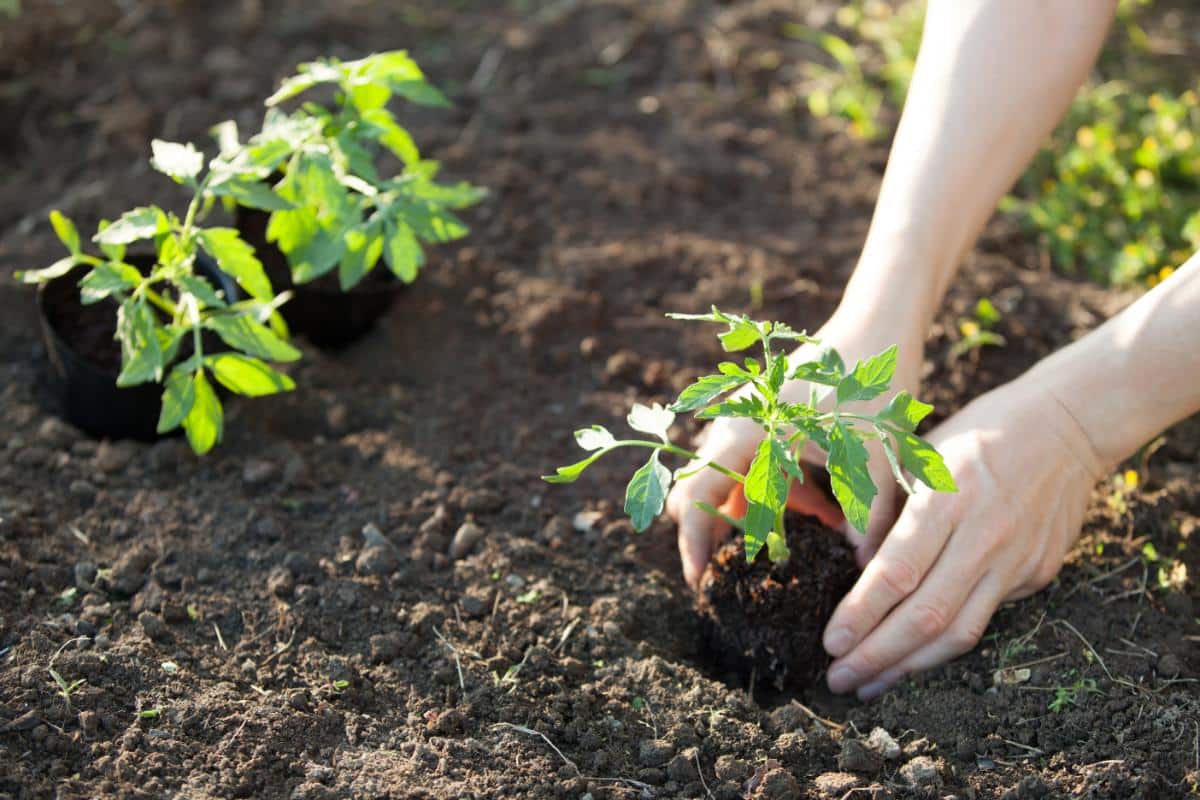
Some plants can take some cold and some frost. Cole crops and brassicas are safe to plant outside before your last frost date. For these, soil temperature is more important. Some of these include:
- Broccoli
- Kale
- Cabbage
- Cauliflower
- Peas
- Spinach
- Chard
- Lettuce
- Greens
- Root crops
Warm season crops that need to wait until after your last frost date (and ideally until soil and air temps have warmed) include:
- Tomatoes
- Peppers
- Eggplant
- Beans
- Sweet potatoes
- Squash
- Cucumbers
- Pumpkins
Be Prepared for Freak Frost After Planting
As mentioned, the estimate is only a best-educated guess of when you won’t see any more frost until after the growing season ends. Sometimes, frosts happen anyway. It’s smart to watch the weather – especially if it’s been a cold year – and be prepared in case you do get a late frost.
Some things you can do to protect tender plants in the event of a late frost include:
- Covering plants to keep frost off – ideally with soft sheets or row cover fabric; plastic can work if you don’t have those available.
- If it frosts and you can get outside before the sun hits your plants, a light spray with water to remove the ice or turning a sprinkler on will often save the plants. But once the sun hits the frost, this won’t help. Covering is more reliable.
- Move potted or container plants inside when a frost is predicted.
Bonus: Phenological Signs
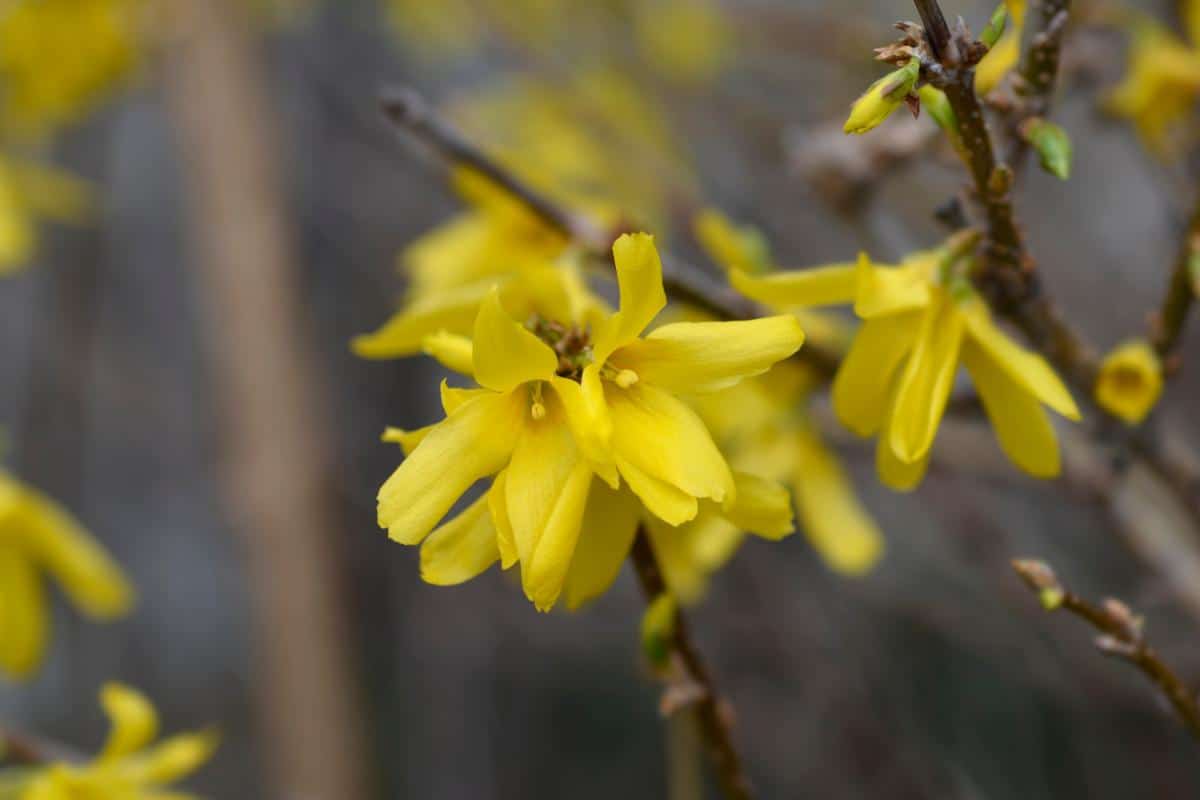
Phenological signs can help tell you when to plant, too!
Phenology is the study of relationships between the climate and natural cycles. It is often applied to planting because natural cycles of growth and blossoming are triggered by environmental conditions, such as day length, soil, and air temperature.
If you’ve ever heard old sayings like, “Plant potatoes when dandelions bloom,” that’s phenology.
There are many signs in nature that correlate to seasonal conditions and which can help you decide when the time has come for planting.
To learn more about phenological signs or planting in tandem with nature, check out this article on phenological planting signs here.
Seasons and climates may be changing, but there are still ways that we can work with nature for the best outcomes in our gardens. When the old rules seem not to apply much anymore, looking for additional measures to help make good planting decisions can set you and your garden up for great success.

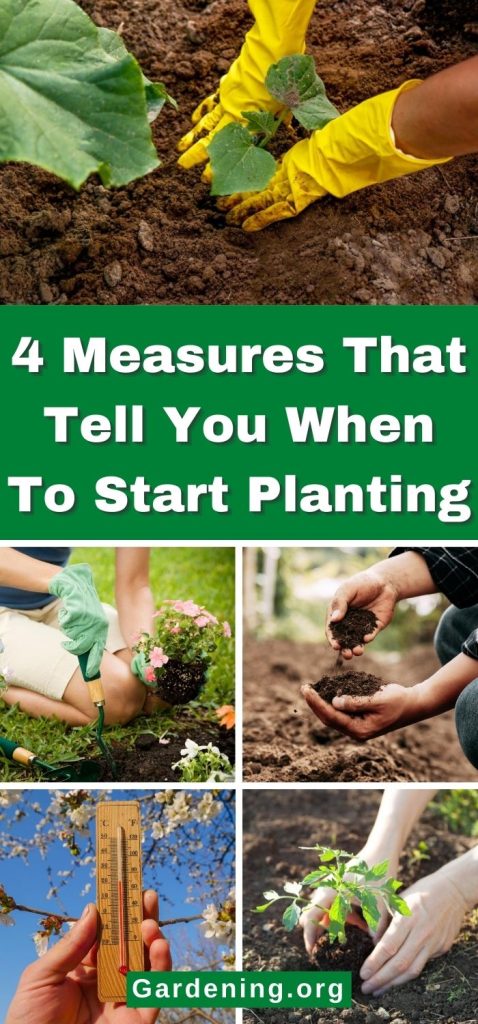
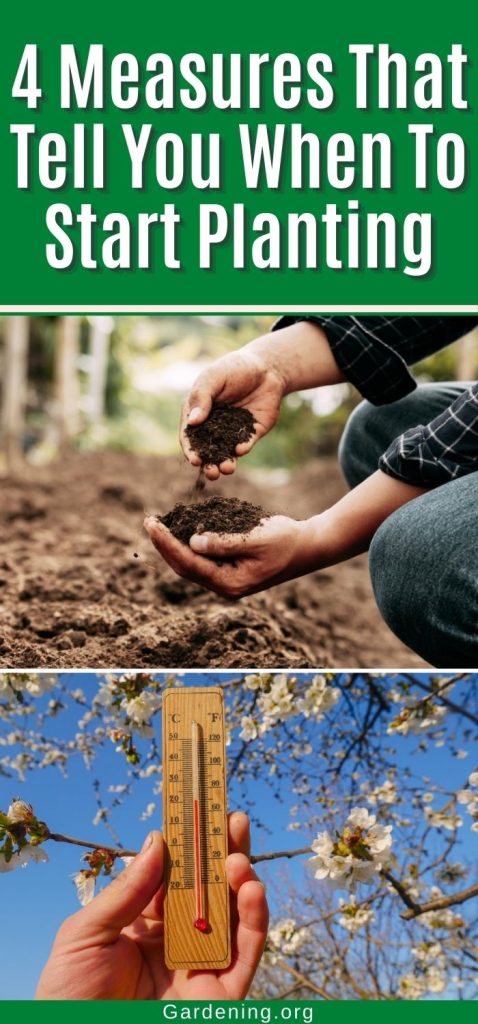
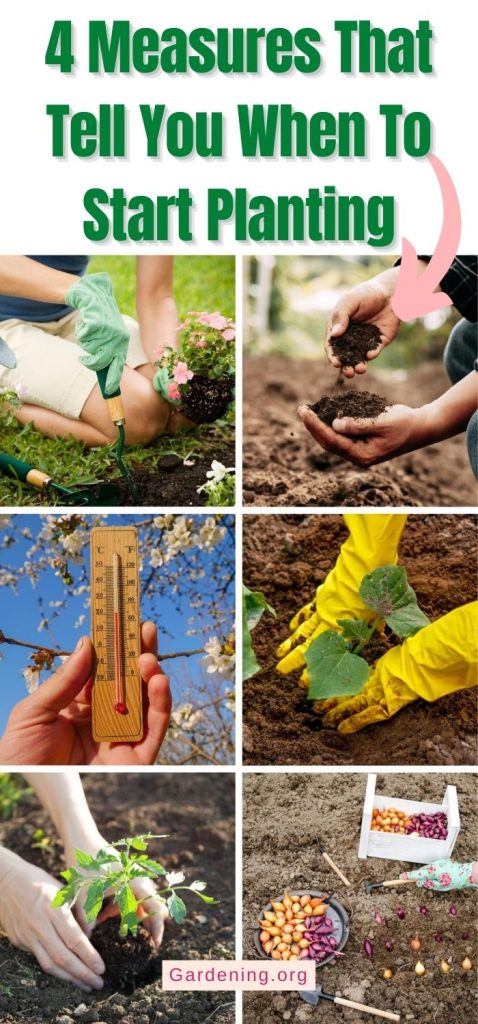
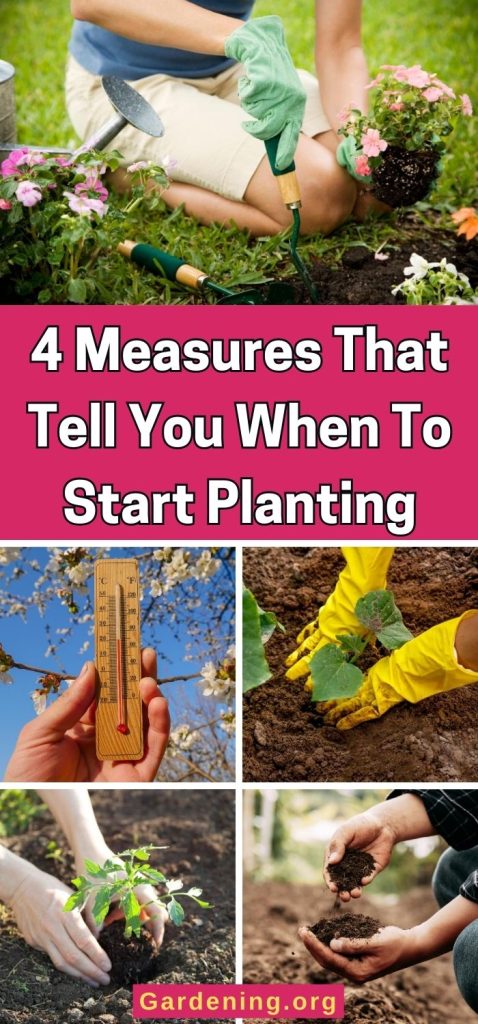




Leave a Reply